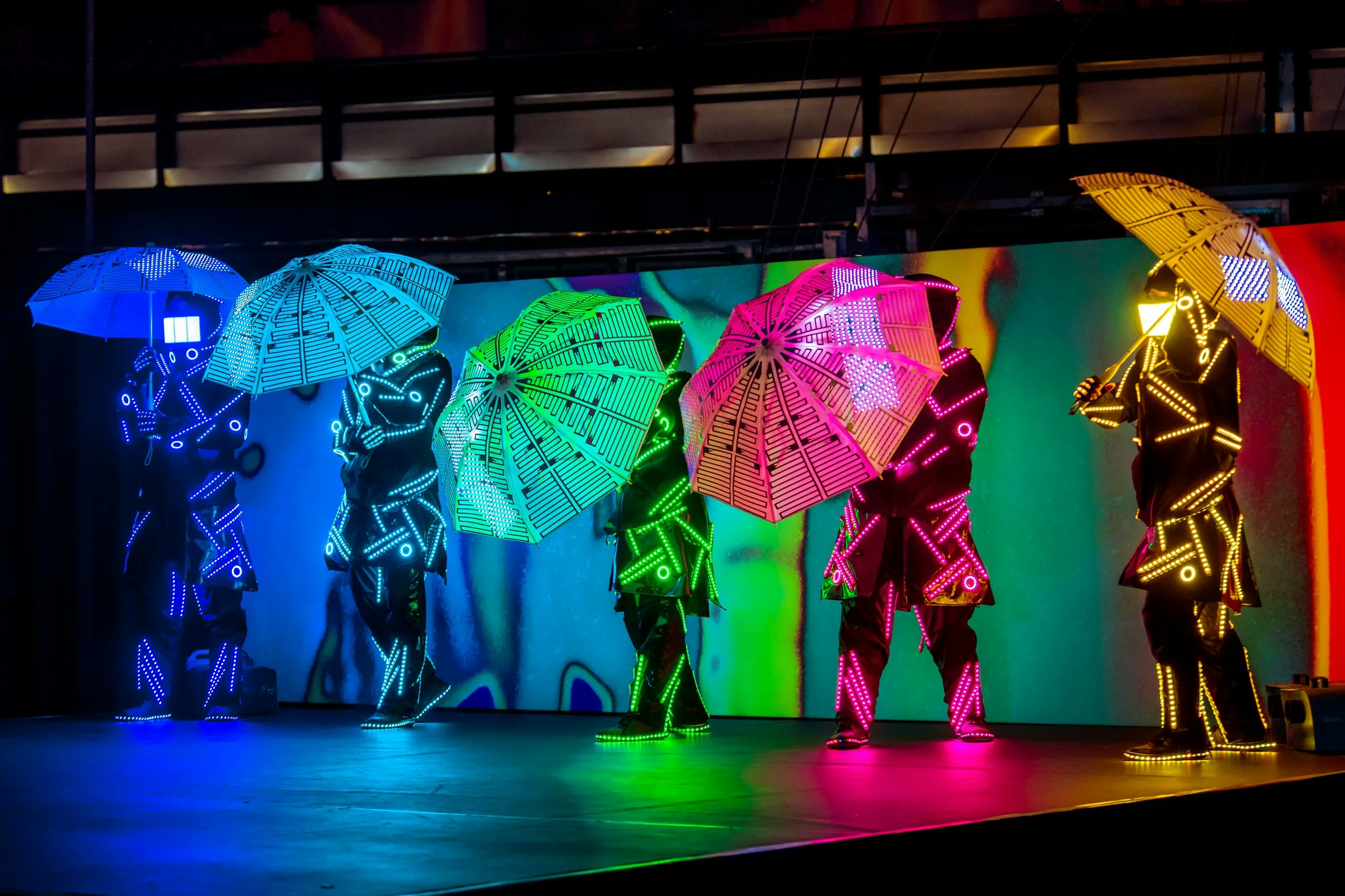

An Introduction to Chinese Music Instruments
By MDLBEAST
October 17 2023
An Introduction to Chinese Music Instruments
By MDLBEAST
October 17 2023
Traditional and innovative elements coexist in China's musical tapestry, which reflects the country's rich cultural heritage and diversity. Central to this sonic journey are the unique and captivating Chinese musical instruments that have been integral to the country's musical landscape.
From the hypnotic guzheng to the heartfelt erhu and the charming dizi instrument (commonly known as the Chinese bamboo flute), we'll go on a musical exploration of some of these instruments in this article. As we dive into the world of Chinese musical instruments, we'll touch upon the modern music scene and how we celebrate musical diversity across genres.
The Mesmerizing Guzheng
Our starting point is the guzheng, an ancient Chinese zither that dates back more than 2,500 years. This musical instrument is characterized by its flat, wooden shape, with 21 or more strings stretched horizontally across it, and is played by plucking them with picks (plectrums) attached to the player's fingers - similar to the popular qanun.
The delicate dance of the fingers on its strings, much like the qanun’s, brings out a symphony of emotions, deeply resonating with the listeners. Building on this emotional connection, the guzheng, with its versatility in conveying feeling, is ubiquitous in both traditional and modern Chinese music. The complexity of the melodies it creates has captivated audiences worldwide, offering a glimpse into the heart of Chinese musical tradition.
The Soulful Erhu
The erhu is another bowed Chinese instrument that features two strings, and a tone that can be compared to the depth of a human voice. With a history dating back over a thousand years, the erhu's slender neck and resonant soundbox give it a unique appearance and a hauntingly beautiful sound.
When the bow is drawn across the erhu’s strings, similarly to the violin, it creates evocative, lyrical melodies, which are often used to convey joy, sorrow, or longing. Although the erhu has deep roots in classical Chinese music and opera, its emotional strength has also earned it a place in contemporary music.
The Enchanting Dizi Instrument
Another prized possession in the Chinese musical arsenal is the Chinese bamboo flute, or the dizi. Crafted from bamboo and adorned with intricate carvings, this instrument possesses a distinctive, airy timbre that resonates with serenity, and is most likely the prototype of sound that represents Ancient China.
The dizi has been used for thousands of years in both classical and folk music, attesting to the instrument's adaptability. Its finger holes and unique lip position (also known as embouchure) in the overall playing technique allow for a wide range of expressions, making it an essential element in conveying the tranquil beauty of traditional Chinese melodies.
Chinese Music Instruments in Contemporary Music and Types of Music
These Chinese musical instruments are not confined to the realms of classical, folk, or traditional Chinese music alone. They are, in fact, dynamic pillars of a diverse musical landscape, contributing their evocative voices to a variety of genres in the contemporary music scene. These instruments add a layer of depth and authenticity to modern compositions and musical experiments.
The traditional sounds of China are finding new life amongst contemporary musical artists, through innovative collaborations and fusions with diverse musical genres. This blending of traditions and genres has resulted in unique and ingenious musical expressions that transcend boundaries and captivate the senses.
Some notable artists and projects showcasing the versatility of these traditional instruments in modern contexts include:
Wu Fei & Abigail Washburn
A captivating fusion of Appalachian folk and Chinese folk was created when guzheng master Wu Fei collaborated with American banjo performer Abigail Washburn. The album "Wu Fei and Abigail Washburn" is a stunning example of the potential of international cooperation via the art of music.
Shanghai Restoration Project
Chinese-American Dave Liang and Sun Yunfan fuse contemporary electronic beats with traditional Chinese instruments like the dizi and guzheng. Their compositions unite Eastern and Western musical traditions, blending classical and modern elements to create a modernized take on Oriental sounds.
In these examples, the boundaries between musical genres blur, and the traditional Chinese musical instruments become integral elements in a contemporary sonic landscape. The result is music that transcends cultural barriers and resonates with audiences worldwide.
MDLBEAST: Our Role in Globalizing Music Innovation
In today's global music landscape, the spirit of innovation knows no bounds, and pioneering companies like MDLBEAST have played a pivotal role in pushing the frontiers of musical genres. MDLBEAST’s Soundstorm festival has proved to be a testament to the transformative power of music.
Soundstorm unites a diverse array of artists from across the globe, creating a melting pot of musical styles and genres. It's a place where the traditional melodies of Chinese music, embodied by instruments like the guzheng, erhu, and dizi, could find themselves seamlessly integrated with contemporary sounds, including electronic and hip-hop.
These musical fusions exemplify the universal language of music, where cultural backgrounds and genre labels blur, and the interconnectedness between various types of musical instruments takes center stage.
Share this


